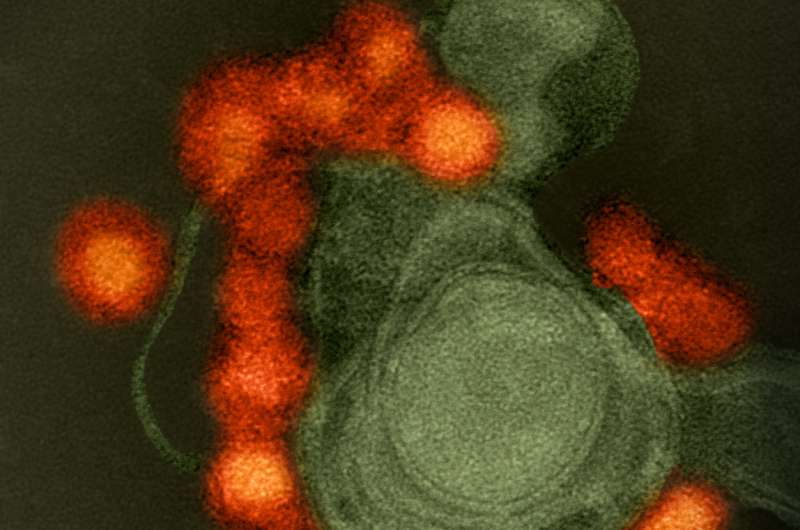Zika reference strain sequenced—will aid in diagnosis, screening

An international team of researchers has sequenced a strain of the Zika virus that will be used as a World Health Organization (WHO) reference strain to identify Zika virus infection in the blood, thus making it easier to diagnose the disease. While the reference material will undergo formal WHO review in October, the agency has given the go-ahead for the strain's use given the urgent need of medical products to diagnose and treat Zika. The sequence is published September 1st in Genome Announcements, a journal of the American Society for Microbiology.
"WHO's go-ahead before it's expert committee meeting in October reflects the urgent need for researchers and companies to access valid reference material to diagnose Zika virus infection," said principal investigator Sally Baylis, PhD, senior scientist, Virus Safety section, Paul-Ehrlich-Institut, Langen, Germany. "This will facilitate the development of sensitive, better performing tests to detect Zika in patients."
Zika virus has been spreading across South and Central America since early 2015 and has now emerged in Florida. While most infections are mild and asymptomatic, the World Health Organization declared the current Zika epidemic a public health emergency of international concern because of complications that may arise in newborns when pregnant mothers contract the infection. Microcephaly and other central nervous system abnormalities have been detected in large numbers of fetuses and neonates since the epidemic struck Latin America. Guillain-Barré syndrome, a disorder in which the body's immune system attacks part of the peripheral nervous system, is also thought to be caused by Zika infection in a small number of adults.
Reference standards from the World Health Organization are used to harmonize assays for diagnostic testing, particularly in the case of acute infection, as well as assays that might be used to screen blood for transfusions, and to define regulatory requirements for test sensitivity where screening is implemented, explained Baylis.














